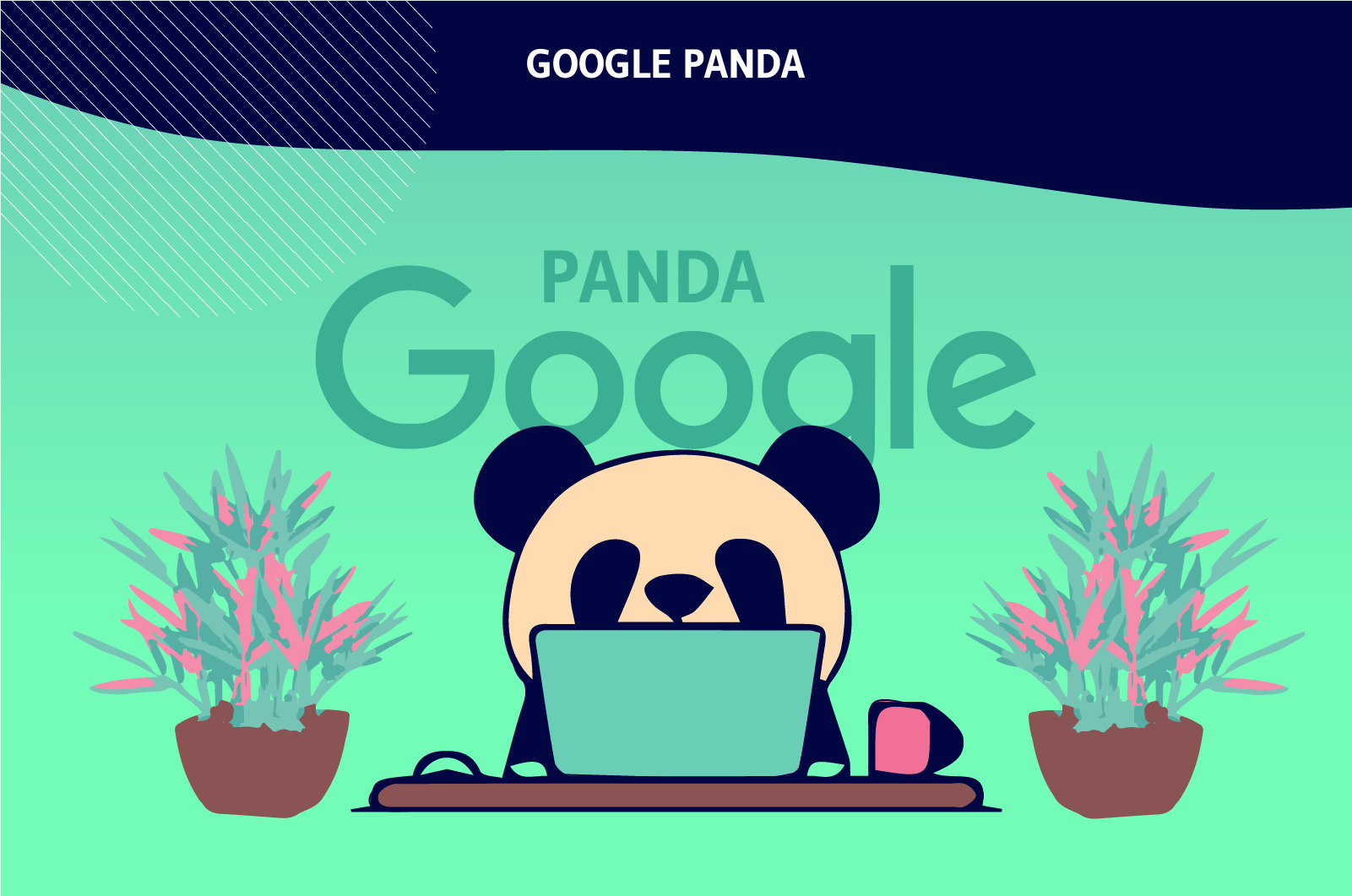Google Panda is one of the major filters of the Google search engine algorithm. The objective of this update is to improve the ranking of high quality pages and to penalize, on the other hand, pages with thin or poor quality content.
Since its existence, Google is constantly working to respond effectively to the needs of its users.
The Panda update is one of the many strategies it has implemented to evaluate websites, determine their quality, and then rank them accordingly.
This change in Google’s ranking algorithm had remarkably shaken the world of content marketing and SEO in general.
That’s what I will try to cover in this article while showing you the best practices to follow.
Let’s go !
Chapter 1: What is Google Panda?
In this chapter, let’s discover the basic notions to understand the concept of Google Panda.
1.1. Definition of Google Panda
Developed by Navneet Panda, Google Panda is a filter used by the search engine to favorably rank quality websites.
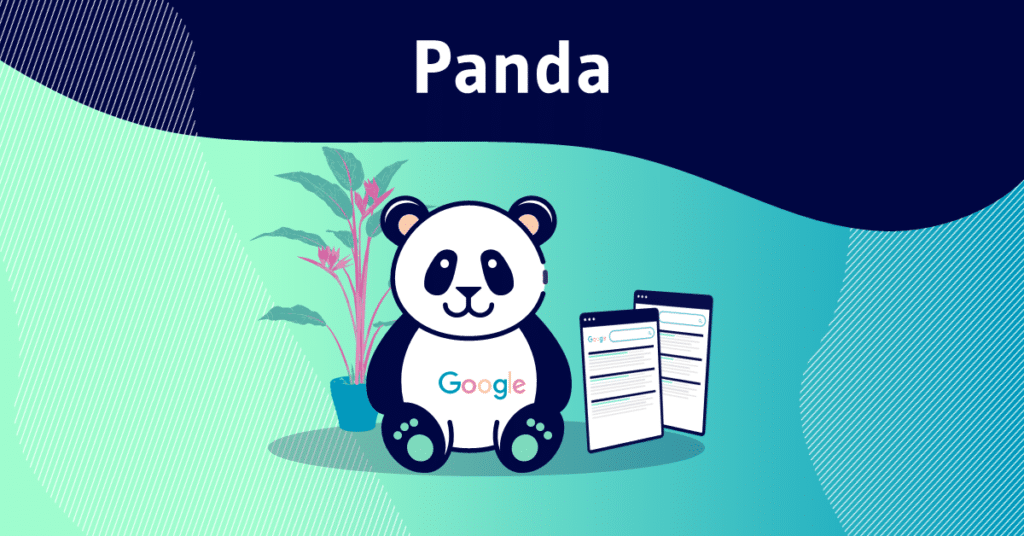
To rank pages in search results, the algorithm takes into account factors such as
- The quality and relevance of content
- Duplication and reliability.
Long before the update, many users complained about the poor quality of the content of the pages they click on in the SERPs.
This is where the update was first introduced in 2011 and according to Google, it had affected 11.8% of search queries in general
Google claimed that the update was intended to rank low in the SERPs for low-value sites that do not provide any relevant information to users
Conversely, it improved the ranking of sites whose original content provides value.
Matt cut made this clear in an article with these words:
”This update is designed to reduce the ranking of low quality sites, sites with little added value for users, copy content from other websites or sites that are simply not very useful. At the same time, it will provide better rankings for high quality sites, sites with original content and information such as research, in-depth reports, in-depth analysis, etc.”
1.2. how Google Panda works and what it does
Google developed its Panda algorithm based on a prior survey that seems almost exhaustive.
In this survey, the Google team asked a series of questions to its users about the websites they are presented with in the search results.
From there, the Google panda algorithm was developed by taking these human quality signals and using them for comparison with various other website ranking signals.
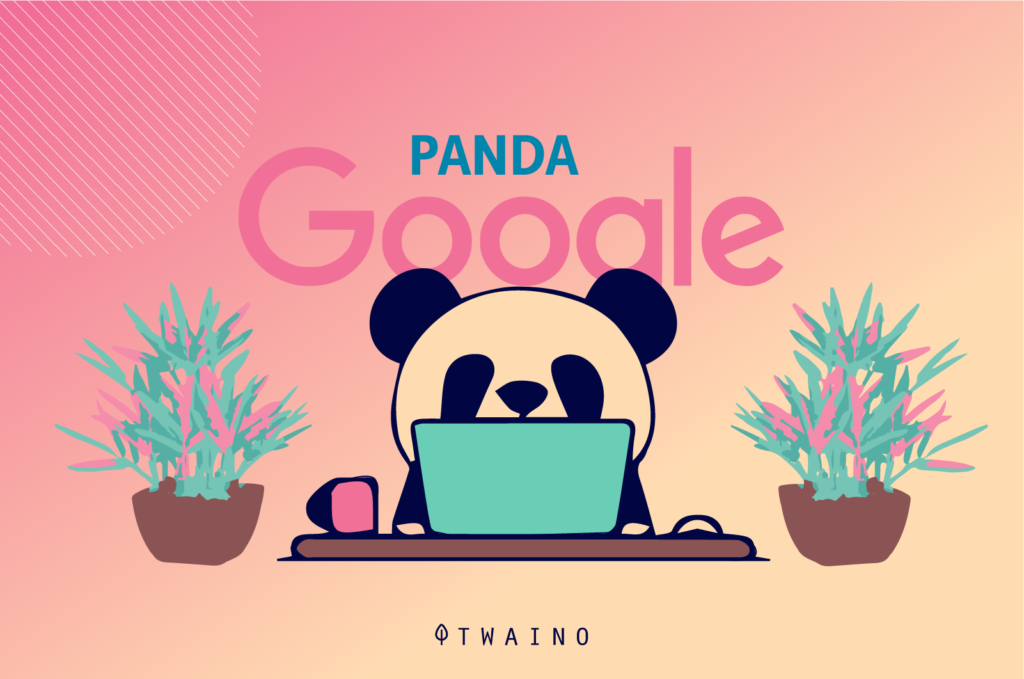
The answers selected in Google’s survey now largely determine the ranking of websites according to the Panda update.
In general, the series of questionsthat can be considered Google Panda guidelines are as follows:
- Would you trust the information presented in this article?
- Is this article written by an expert or enthusiast who is knowledgeable about the topic, or is it more superficial in nature?
- Does the site contain duplicate, overlapping, or redundant articles on the same or similar topics with slightly different keyword variations?
- Would you feel comfortable giving your credit card information to this site?
- Does this article have any spelling, stylistic or factual errors?
- Are the topics driven by the genuine interests of the site’s readers, or is the site generating content by trying to guess what might rank well in the search engines?
Google’s goal with this update is specifically the quality of content displayed to searchers in search results.
Here are some of the signals on which this update is based:
1.2.1. Light content
Light content is defined as a page that lacks useful or credible information for users.
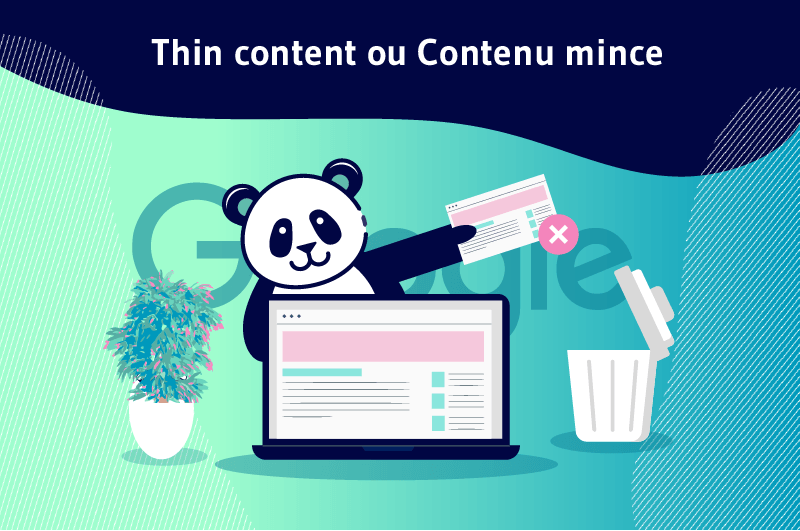
Or it can be a page on your site that contains only a few sentences, or a long page full of keywords without an explicit development of the subject.
The optimal content length for traffic, shares and links is 2,250 words or more.
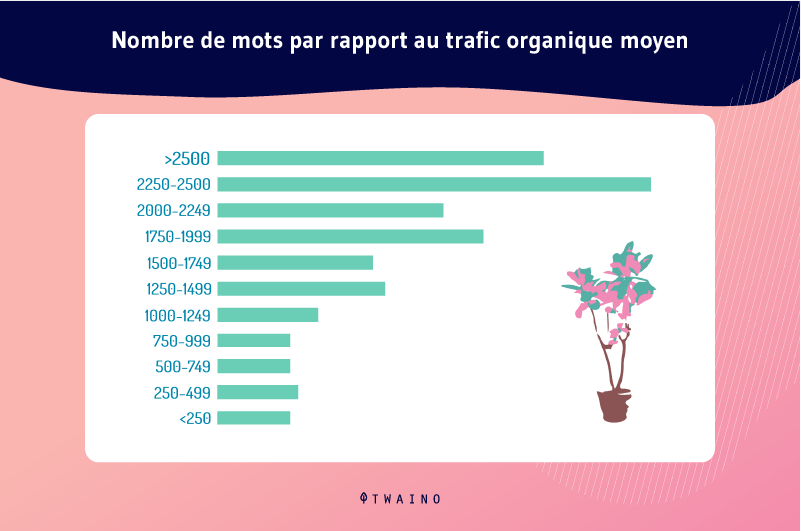
Compared to short content, long content is likely to give more value to the reader, as it gives the writer the opportunity to explain the topic well.
Thus, search engines perceive them as credible sources and give them good rankings.
According to Backlinko, the average content on the first page of Google search results is 1,890 words.
This would mean that the more words, the better it performs.
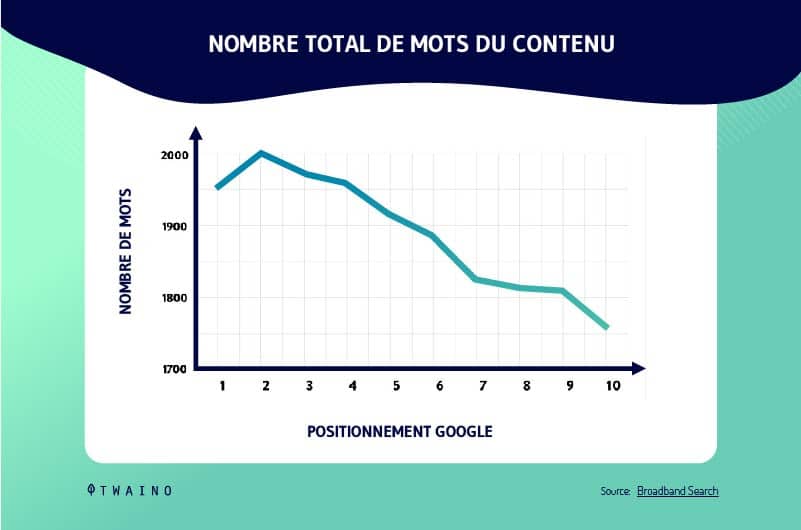
1.2.2. Content farms
Content farms are an integral part of the SEO landscape
By content farms, we mean sites that publish low-value content for the sole purpose of generating advertising revenue.
The goal is to produce as many articles as possible and then place ads around this content to generate a high return on investment.
1.2.3. The user experience
In addition to content, some of the main changes brought by the Google Panda update concern UX metrics for SEO.
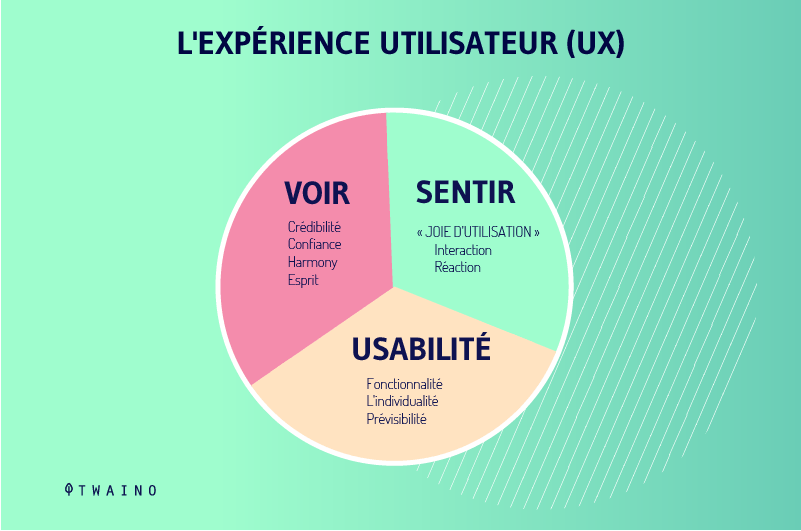
1.2.4. Authority and credibility
All things being equal, content from a credible source is expected to outperform content from a lesser known source.
The difficulty is to quantify credibility and authority.
The reality is that you will often face tough competition if you want to outperform established brands. Nevertheless, that doesn’t mean you can’t work to improve your authority in the eyes of Google.
1.2.5. Negative user signals
When your website experiences a fairly high bounce rate, it indicates that you are not able to retain users. In other words, the user will visit your site, but they won’t stay for long
Google notes this as a website that is not good enough to retain the visitor or compel them to surf further
1.2.6. Keyword Density
Adding keywords is the most popular SEO technique to increase the ranking of a site or a page in the SERPs.
But some webmasters have started to abuse this technique by neglecting the quality of content in favor of keyword stuffing.

1.2.7. Useless meta data
In SEO terms, meta data refers to elements like title and description. It is also what the searcher can read immediately in the search results without clicking on your site.
After the Panda update, Google is giving more consideration to metadata when evaluating a page’s content.
This would mean that if your content does not fit properly with your meta descriptions and titles, it can affect the page ranking.
1.2.8. Low quality backlinks
Adding or creating quality backlinks is another important SEO practice taken into account by Google Panda.
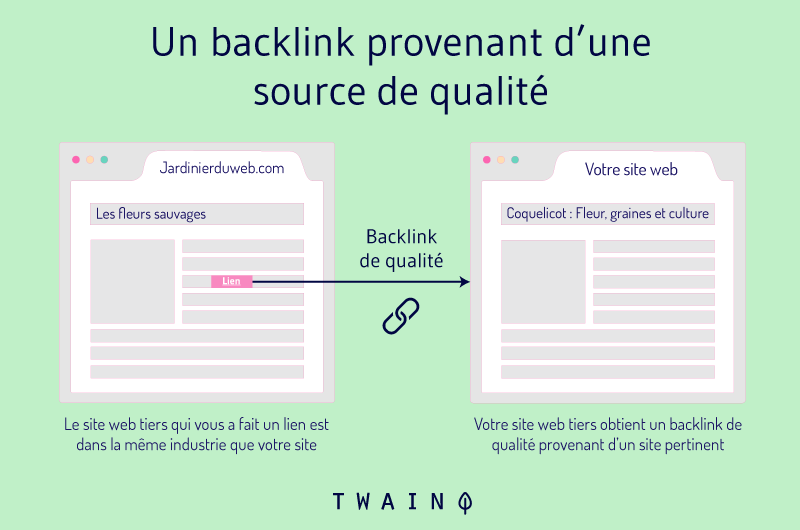
If a site has a large number of backlinks, it will rank higher in Google search results
Many people took advantage of this loophole before Google Panda was introduced
Instead of creating quality backlinks, they were buying backlinks and adding them to their site just to get a good ranking.
Google Panda demoted all websites or pages involved in this unethical practice.
Chapter 2: Google Panda Vs Google Penguin
Sometimes, we tend to believe that Google Panda and Penguin are based on the same principle to evaluate the pages that appear in the SERPs.
But before we discuss each of them, let’s see how Panda has evolved:
2.1. What is the chronology of Google Panda
Let’s discover in this section, the important updates of Google Panda
2.1.1. Panda 1: Launched on February 23, 2011
The Google Panda or Farmer update focuses on the quality of content provided in search results. This helps people find higher quality sites in Google SERPs
This change took care of algorithmically evaluating the quality of the website content
Its appearance affected the poor quality sites to the extent that the owners of these sites have been working hard to improve their rankings again.
The first version of this change urges webmasters to focus on creating good quality content rather than trying to optimize it for a Google algorithm only
Good quality content essentially means fresh, informative and interesting content.
2.1.3. Panda 2.0: launched on April 11, 2011
After successfully implementing the first Panda update, many publishers who complied began to generate more traffic
After that, Google rolled out the Panda 2. 0 update globally for all Google users in English
After this implementation, Google began collecting data on sites that were providing a poor experience.
2.1.4. Panda 2.1: launched on May 9, 2011
After a month, Google again launched a new minor update, intended to improve the Panda 2.0 algorithm. Search results were not affected much in this update.
2.1.5. Panda 2.2: launched on June 21, 2011
This update was made for web pages that use content copied from any other source.
In this implementation, Google tried to prevent duplicate content from appearing in search results.
2.1.6. Panda 2.3: launched on July 23, 2011
This was a small algorithmic change that expanded the Panda filter and offered a better ability to produce higher quality content for a better user experience.
2.1.7. Panda 2.4: launched on August 12, 2011
After successfully implementing the Panda update globally in English, Google rolled out Panda 2.4 with the same features for all languages except Chinese, Japanese and Korean
This change impacted about 6-9% of queries for most languages.
1.1.8. Panda 2.5: launched on September 28, 2011
Google made some additional changes after a few months in Panda Algorithm
This version of Panda was implemented to expand the search analytics for high quality content.
1.1.9. Panda 3: launched on October 5, 2011
This was a small change on the Google Panda update, which expanded the search results analytics based on:
- Valuable content
- Consolidated duplication
- Improved usability and quality of engagement.
2.1.10. Panda 3.1: Launched November 18, 2011
After releasing the feed update, Google rolled out several Panda updates, namely Panda 3.1, 3.2, 3.3, 3.4, 3.5, 3.6, 3.7 and 3.8
These were minor updates to the Panda refresh data. Search results were not affected much, but became more accurate and responsive.
2.1.11. Panda 3.9: launched on July 24, 2012
On this date, there was a new rollout on the Panda algorithm. This did not have much impact on search results, although some sites noticed the effect 5-6 days after the update
This was a small change on the Panda update and designed to remove poor quality sites from search engines. Then, two more minor updates were released by Google, which affected about 1% of the results.
2.1.12. Panda #20: launched on September 27, 2012
This was one of the major notable Google Panda filters. Google rolled out this update by also changing the Panda data and the algorithm
It overlapped with the previous EMD (Exact Match Domains) update. After this change, 2.4% of search queries were affected
Then, 4 more updates were launched by Google to further improve the results. In this change, Google stopped giving priority to sites that use fake keywords in their domain and got a good ranking
Google has given priority to the domain name whose content depth matches the keyword used in the domain URL.
2.1.13. Panda #25: launched on March 14, 2013
Once again, Google rolled out a major update, Panda 25 started dealing with spammers and people who abuse the process
Google has made some changes in this update by changing the process of indexing data.
2.1.14. Panda Dance: launched on June 11, 2013
It is almost like the Google Dance update in which Google ran the update for about 10 days
Google checked the effect after the implementation and saw the ranking “dance”
Google named the new algorithm update Panda Dance, knowing that the keyword rankings for all sites started to dance or jump up and down every month.
2.1.15. Panda Recovery: launched on July 18, 2013
Google has rolled out a new update on Panda. The goal of this implementation was to mitigate some of the previous penalties on poor quality sites
Some targeting methods have been changed in an effort to make SERPs accurate.
2.1.16. Panda 4.0: launched on May 19, 2014
This is also one of the most important filters of Panda. Due to this change, about 7.5% of English queries were affected
The main goal of the Panda update was to penalize scratch sites, and boost sites with high-quality content was achieved by the first Panda updates.
2.1.17. Panda 4.1: launched on September 23, 2014
Google rolled out another Panda update that affected 3-5% of search results based on location
Then there was another and final Panda 4.2 update (launched on July 17, 2015) rolled out by Google, which impacted English search queries by about 2-3%.
While this is a Google algorithm by which Google can monitor search results, it is also important for the digital marketer to know and understand the logic
Most importantly, create exceptional and unique content that people want and only do white hat SEO
2.2 Google Panda and Google Penguin
I’ll discuss Panda and Penguin separately to note the points of divergence and convergence.
2.2.1. Google Panda
As we said before, Panda was specifically initiated to make sure that SERPs no longer show enough low-quality content.
From a practical point of view, Panda essentially targeted :
- Pages whose content provided less credible information to readers;
- Content that looks the same;
- Contents full of keywords;
- Etc.
At the time, users’ complaints about these types of content in the SERPs were atrocious
It is as a result of all this that Panda comes to assign a quality classification to web pages based on the answers to 23 questions asked in the survey
2.2.2. Google Penguin
In 2012, Google launched the Penguin update that specifically targeted manipulative link building practices.
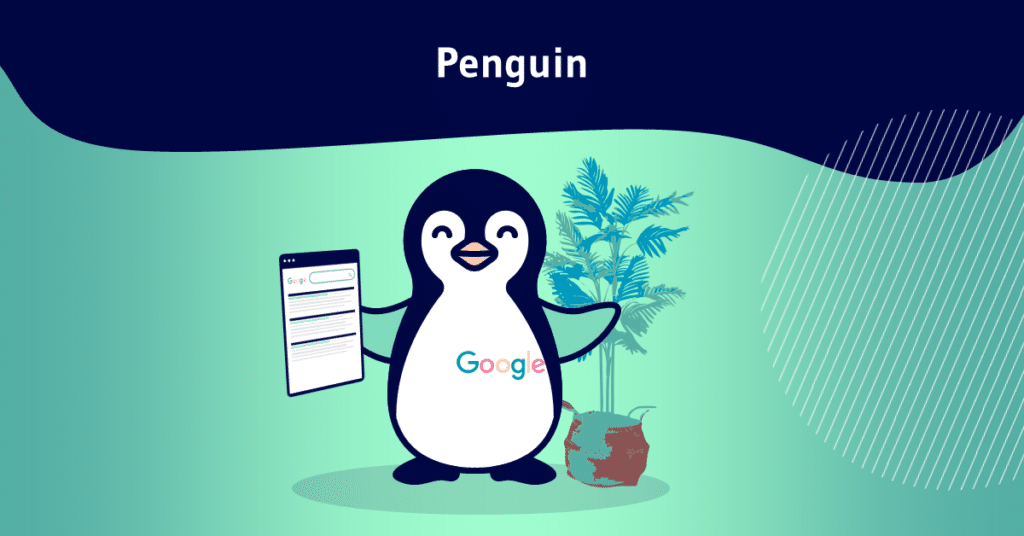
Prior to Panda, link volume was very important in determining a Page’s score. The score actually defined the rank of the page in the SERPs.
This means that when it came to ranking sites based on scores, we notice that low quality content gets good rankings due to the volume of links on the page.
The Penguin update was Google’s response to its growing practices.
The objective was to control and reduce the effectiveness of the link spam techniques used by these web marketers
2.2.3. Summing up
The main difference between these two updates is the main purpose of each of them.
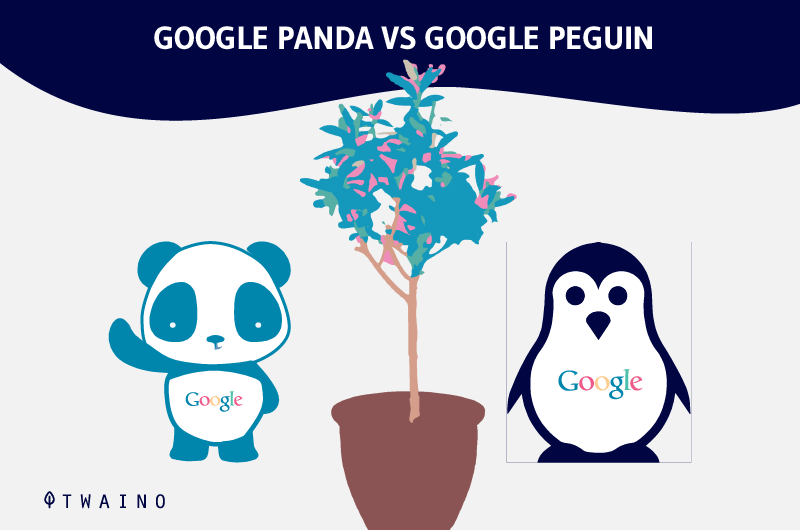
Panda was developed to penalize web pages with poor quality content that rank high in the SERPs.
Unlike Panda, Google Penguin’s main purpose is to punish sites that rank well due to Black Hat SEO practices
Chapter 3: The best ways to survive the Panda update
Let’s discover in this chapter, the practices to adopt in order to avoid Google Panda penalties.
3.1. capture the brand and its knowledge
It is quite rare that a business owner is himself the creator of the content he posts on his own website.
In either case, it is important to demonstrate the brand’s knowledge through your web content.
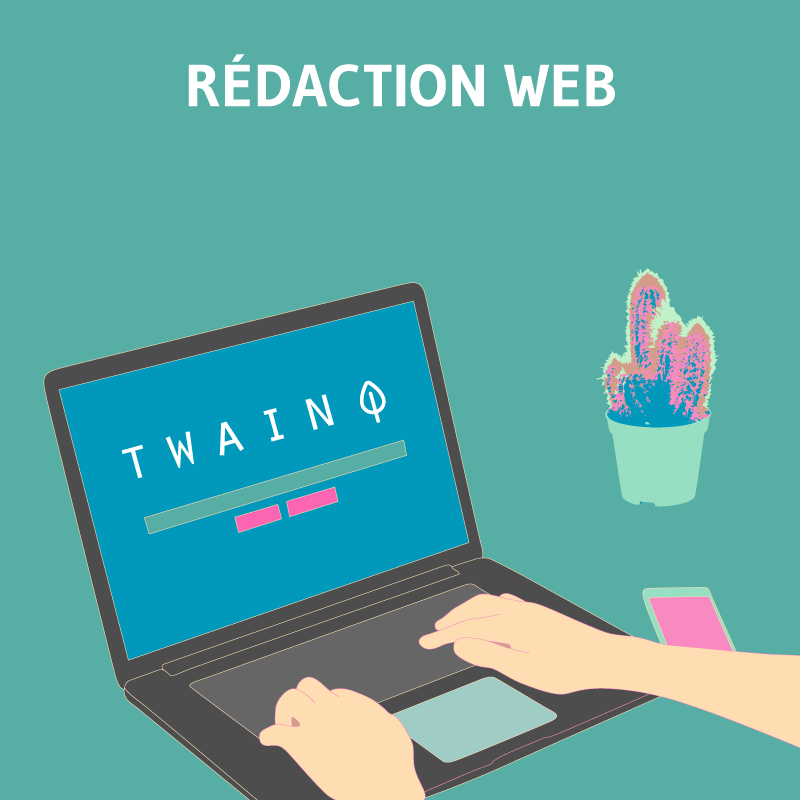
When you are just a content writer for the website, you are expected to understand the company and its products as well as its services before writing.
You can’t write great content if you don’t break down the brand, its products and services to better understand how it works, its purpose and the message that will best serve customers.
It’s up to the content creator to do very thorough research to build content with credible information and verified facts.
3.2. create content for your audience
One thing most business owners forget when creating content is that search engines are simply there to showcase your business to the world, but only humans will buy from you or pay for your services.
Ranking high in search results will do no good if your content is poor and keyword-stuffed without offering credible information or easy understanding to site visitors.
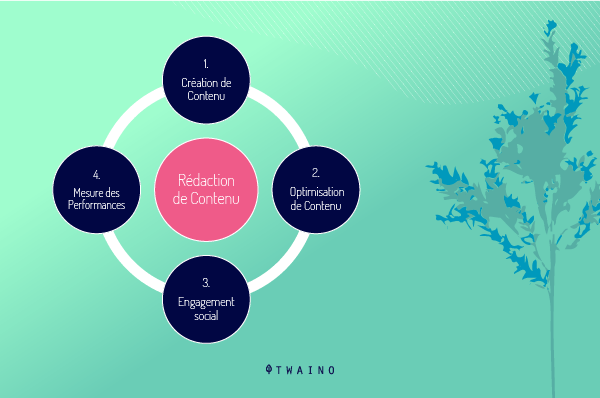
Obviously, this kind of content is written only for the search engines.
According to Copyblogger, SEO is the most misunderstood topic online. But, SEO content is less complicated if you can put the user first and the search algorithms second.
That’s how a reputable SEO agency like Twaino can help you get good results in a reasonable time
We create content that not only responds favorably to human questions in order to satisfy them, but at the same time is optimized for search engines in order to rank well.
And to give quality to the content, we need to :
3.2.1. Understanding the audience
The biggest concern with most content writers is that they usually do not have a clear understanding of the audience they are writing for.
Creating content in a general way without directing it specifically to a target consumer is a big mistake that can cost you money
Before you even write your introduction, it’s important that you have an idea of your audience and the problem you can help them solve with your content.
Knowing this will help you create quality content and attract the right audience to your website.
The best way to find your target is to set up a persona with the different characteristics of your potential customers.
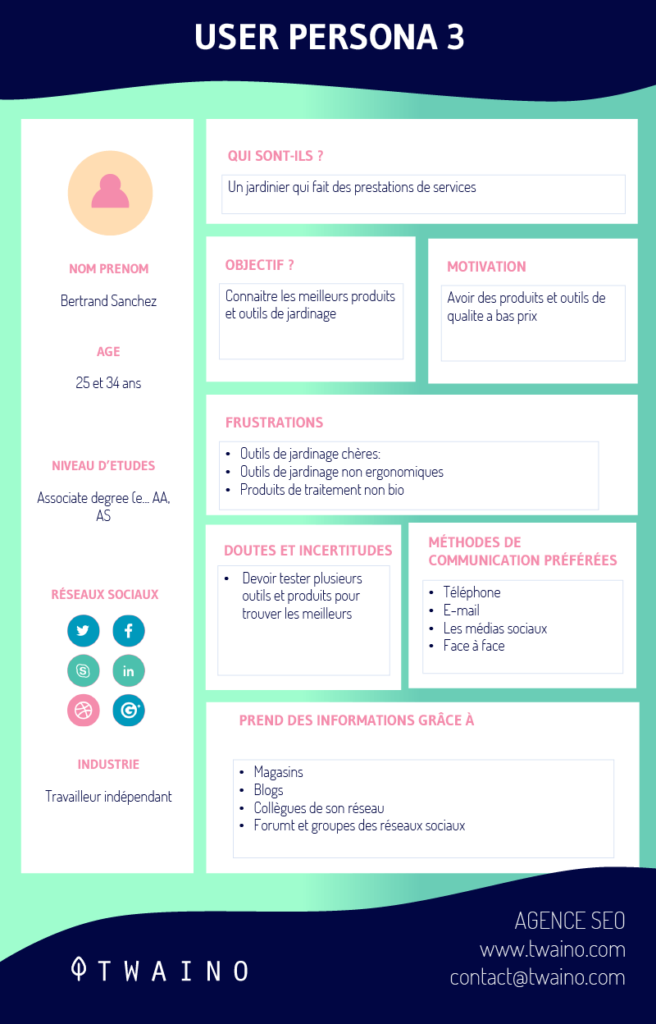
3.2.2. Keyword research
Knowing your audience already gives you an idea of the type of content they will like to read and that will help them solve their problems
To take it a step further, you also need to know the terms your audience uses to find information online.

For example, one of the features of your product might be that it allows users to save money automatically every month
Of course, it’s now much easier to know what your audience is searching for with the Google Keyword Planner tool.
3.3. Adapt content to Google Panda guidelines
Adapting your content to avoid the penalties of the Panda update is all about practicing good content optimization.
3.3.1. Write qualitative and unique content
If you have a blog on your company website, it is important to give your readers something new and add your natural voice.
When writing about a topic, make an effort to dig into it in detail and make sure it’s insightful.
Add videos, graphics, animations and anything else you can to make the content more meaningful
If you hire freelance writers, make sure they don’t just rewrite existing content. Instead, hire experts in your niche to create compelling content.
3.3.2. Use bold and italics for added benefit
It’s a good idea to put the most important elements of your text in bold and italics.
It is also necessary to highlight keywords. This not only helps search engine spiders understand your content, but also helps readers understand the important points
Similarly, whenever you use important words, use bold and italics to highlight them.
But when you overuse bold and italics in your content, it may not make a reader want to stay, which will increase the bounce rate and consequently reduce your ranking.
3.3.3. Use appropriate title tags
Use the appropriate tag for the main title of the article, for the descriptive subtitle that provides more information to the user, and for the paragraph titles that expand on the information in the post.
Also, by making the title of your text catchy, you also engage people to pay close attention to your content.
You don’t just need to write a killer headline, you also need to make your subheadings catchy and meaningful.
3.3.4. Avoid content plagiarism
Duplicate content is also an important reason for the introduction of the Google Panda update.
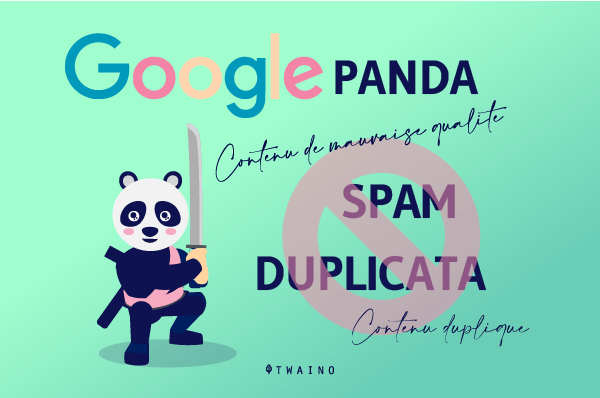
Valuable content is the content you put time and energy into writing and search engines reward that.
Here are some tools to help you avoid duplicate content:
- Quetext.com quetext: Quetext offers a free plagiarism checker as well as a paid option to check more words. It scans websites, articles and books to find duplicates. It also cites sources that help you give credit to the original source in case your author didn’t add it. The pro plans start at $9.99/month and offer unlimited searches. The free plan is limited to 3 searches and 500 words per search. In the pro plan, you can search up to 25,000 words or 50 pages in a single search. You can download PDF, Microsoft Word and plain text files to check duplicate content;
- Grammarly Plagiarism grammarly: Grammarly is a well-known tool for writers who also need to quickly check if the article is original or copied from other places. It is a particularly effective tool when it comes to checking for plagiarism of a text written in English. It is a multifunctional tool that allows webmasters to check the originality of the content, check the grammar, check the spelling of the article.
- Duplichecker plagiarism plagiarism checker: It is a widely used plagiarism checker, which offers a free version for texts up to 1000 words. Its paid version is available for word counts above 1000. It provides a plagiarism percentage and highlights content similar to the source list. However, it does not provide a detailed report. It has limited access to the database, as it compares your document only to Internet sources and online books. Finally, the plagiarism report is easy to read and downloadable in PDF and Word format.
3.3.5. Publish images for SEO and traffic
Images can make your content more SEO friendly.

The keywords in the ”alt text” of the image help the page rank higher. If you do image optimization correctly, your chances of getting traffic from image searches will be higher.
3.3.6. Social Media Buttons: Increase Sharing
In any case, sharing on social networks has a huge impact on search engine rankings.

In a case study on the effect of social sharing, it was shown that Google Plus votes help to improve your ranking significantly.
So, if you haven’t implemented sharing buttons yet, it’s high time you add them now.
Conclusion
In general, we can note that the Panda filter aims to provide users with a better online experience.
Thus, web pages whose content does not provide much value to users will always be devalued in favor of those that offer ultra-relevant content.
It is then recommended to follow the Google Panda guidelines, which we have developed in this article.
See you soon!

